Locations:
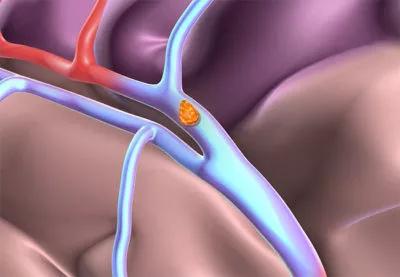
Higher complete reperfusion rate seen with tenecteplase vs. alteplase in single-center study of stroke with LVO
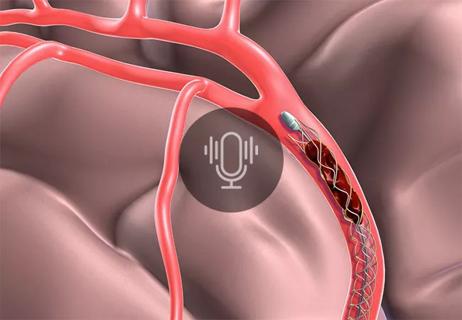
New interventions and medications expand options, extend treatment window
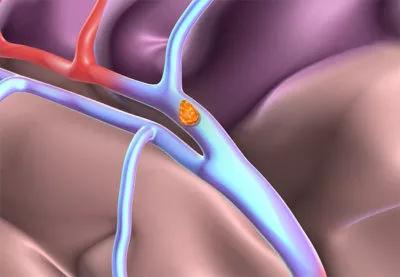
Advice on why and how based on Cleveland Clinic’s recent enterprise-wide transition

$2M NIH grant will help see if dual-action agent lengthens treatment window
Advertisement
Cleveland Clinic is a non-profit academic medical center. Advertising on our site helps support our mission. We do not endorse non-Cleveland Clinic products or services. Policy
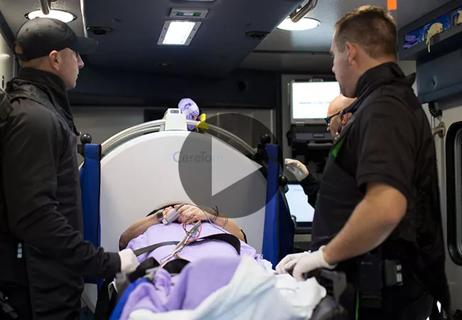
Door-to-needle time improved by 26 percent from 2014 to 2017
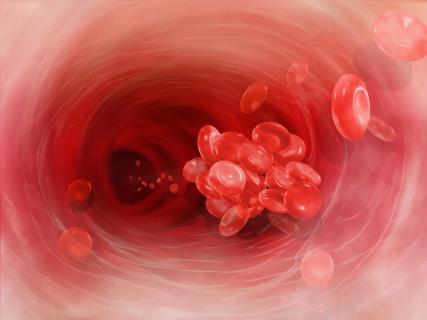
Finding the balance
Advertisement
Advertisement